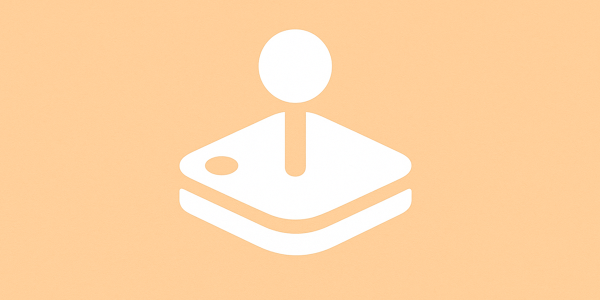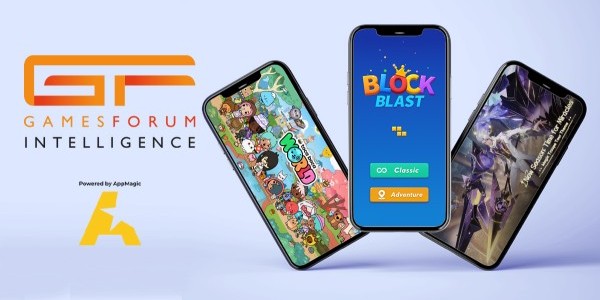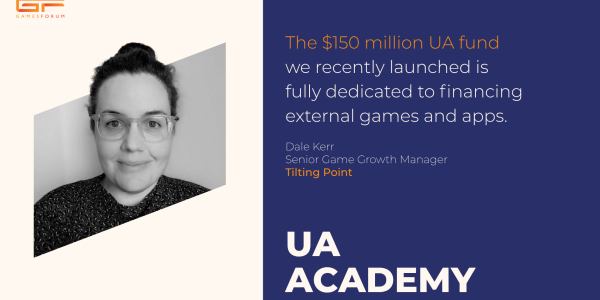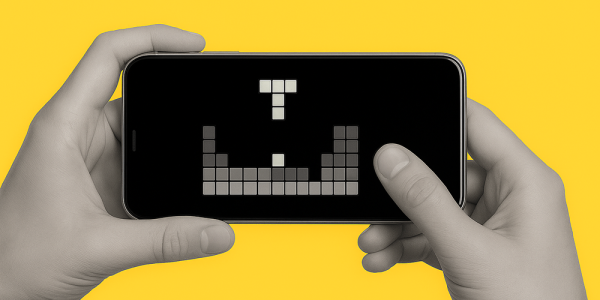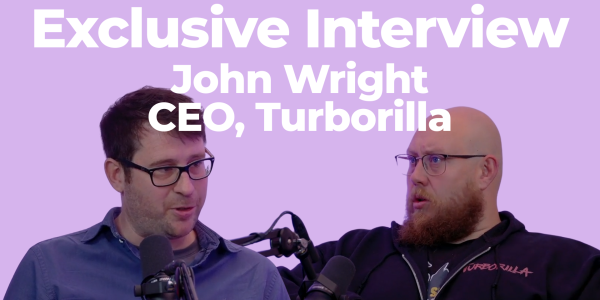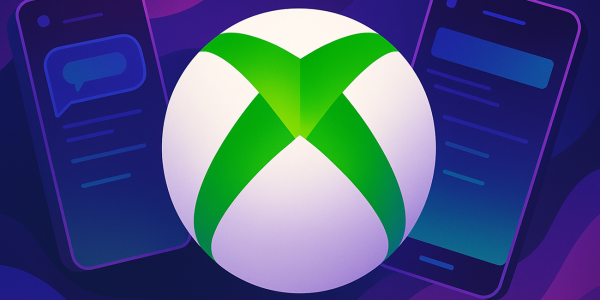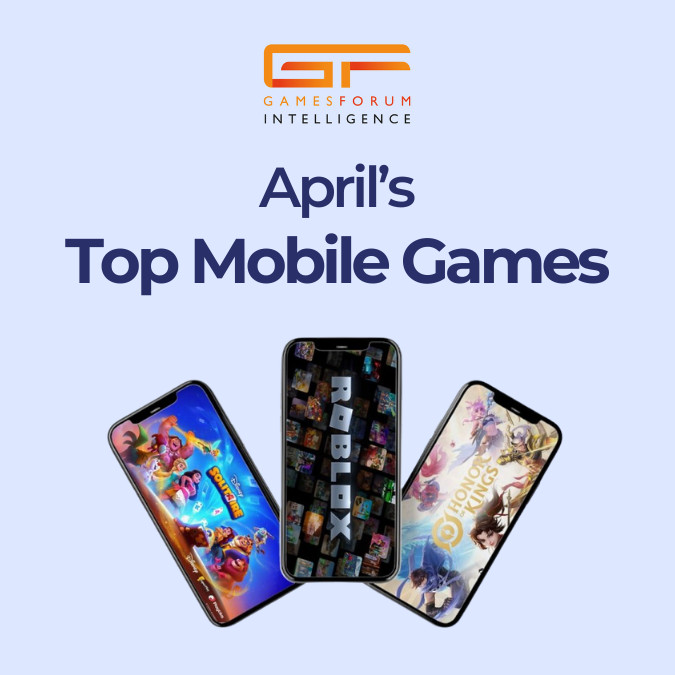How Gameloft Barcelona Designs LiveOps to Drive IAP at Scale
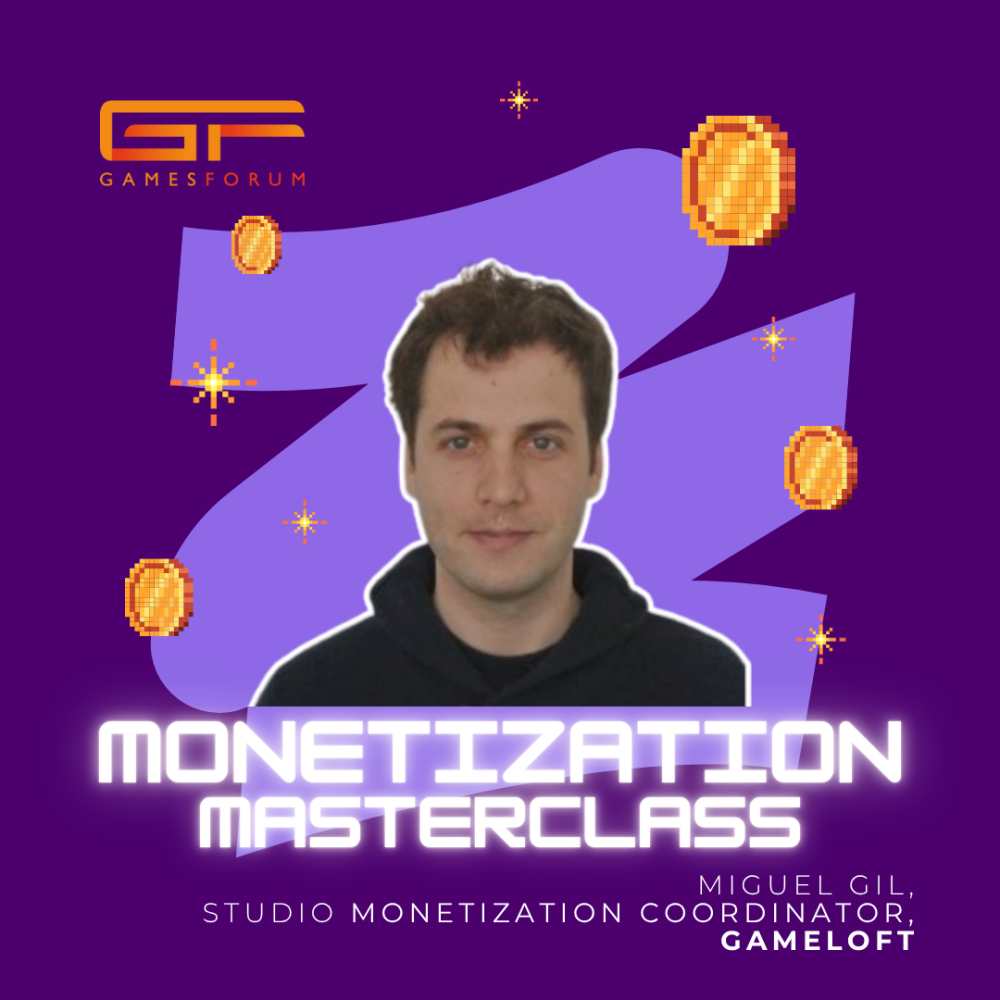
At Gameloft Barcelona, Monetization Coordinator, Miguel Gil is redefining how free-to-play games drive revenue - without relying on ads. In Asphalt Legends Unite, monetization is embedded within gameplay systems, tuned to player behaviour and platform constraints. Gil shares how his team balances engagement, personalization, and LiveOps pacing across mobile, PC, and console, while keeping the player experience front and centre.
All gas no ads powering engagement through LiveOps
We focus on building a mix of systems that cater to different player motivations, whether it’s competition, collection, mastery, or progression. Each feature targets a specific type of engagement. Across each 8-week update cycle, we aim to maintain a balanced mix, so players with different goals always find something worth returning for.
Since IAP is our primary revenue driver, monetization is integrated directly into these systems. Offers are contextually tied to event progression, car requirements, or inventory moments, making purchases relevant and meaningful. We place strong emphasis on making the value proposition of each offer clear. Whether a player is looking to unlock a car or upgrade their garage, the offer should be easily seen as useful and aligned with their current goals, and able to speak for itself when it comes to utility.
Evaluating LiveOps effectiveness: KPIs beyond revenue
When we look at LiveOps performance, it’s not just about revenue, it’s about how that revenue is built. We track participation, engagement, session count and session time, but we also look into who is engaging: are we reactivating lapsed users, converting new payers, or keeping high-spending players active? That’s why it’s crucial to define clear objectives and know exactly who the event is targeting; without that, it’s hard to properly assess success.
Just as important is how players interact with the economy: are they spending in-game currencies on skips, gachas, or refreshes? That usage tells us whether the event is delivering value or not. If players are actively engaging with the different systems and mechanics, great — if not, it’s a clear signal to go back to the drawing board to iterate and rebalance the economy, rewards, or pacing.
Breaking down the player base: Who plays, pays, and stays?
We try to ensure that our LiveOps calendar has something for everyone. We design events specifically for non-paying users, for competitive players, and for achievers chasing milestones; the goal is to keep different player types engaged without forcing a one-size-fits-all approach.
When it comes to offers, we do have specific bundles tied to onboarding, early progression, and first-time conversion for long-term players. However, our ultimate goal is to make all types of offers available to all players, since the game’s systems are interconnected. This presents a challenge: as the number of available offers increases, the shop becomes more cluttered, and players can easily get lost navigating it. To address this, we’re discussing developing a recommendation system based on lookalike audiences. This system would highlight relevant offers in a “For You” section, tailored to each player based on spend tier, progression, and behavioral patterns. Doing this manually carries the risk of missing valuable matches between players and high-interest offers; our goal is to showcase the right content at the right time, and help players feel guided rather than overwhelmed.
No ads no problem – rethinking monetization for console and PC
Expanding to platforms like PlayStation and Epic, where ads aren’t an option, has reinforced our focus on LiveOps-driven monetization.
IAP revenue has always been our primary driver, so ad engagement was intentionally designed to be optional and non-advantageous; more of a quality-of-life benefit rather than a progression accelerator. This made the transition smoother across platforms and allowed for platform expansion.
Since Asphalt Legends Unite is fully crossplay, maintaining fairness across platforms is critical. To support that, we introduced a “daily ad currency” system that gives players access to the same rewards mobile users would get through rewarded ads — but without needing to watch them. This helps align the economy, preserve engagement loops, and keep monetization consistent in a competitive, cross-platform environment.
How Gameloft balances content and systems
With our 8-week update cadence, we spread content strategically to cover competition, progression, monetization, and collection. Most of our content lives within existing systems (TLEs, Special Events, Grand Prix, Battle Pass) and we assign content based on its potential impact.
Top-tier content usually goes into Special Events, where we can build multi-stage experiences with offers tied to event progression and car inventory. More accessible cars might feature in the Battle Pass or be obtainable through grindeable TLEs to reach a broader audience.
System updates like drop rates, sinks, or progression tuning depend on the car’s value. A strong car may come with tighter gacha odds or deeper progression requirements to preserve balance and justify monetization.
Keeping the spark alive – managing burnout in event-driven design
User fatigue is real and even the best LiveOps plan can lose impact if players feel overwhelmed.
That said, it’s a tough balance to strike, especially in a live game that needs to consistently hit engagement and revenue targets. Relief periods are ideal in theory, but hard to maintain in practice.
We plan around natural seasonality, concentrating high-intensity LiveOps during peak moments like summer and winter holidays, when players are more active.
We also make sure to plan strong beats around key festivities when players are more willing to spend; festivities like Lunar Year, Easter, 4th of July, Halloween or Black Friday. Not only do these events boost engagement and monetization but they can offer valuable featuring opportunities for your game.
How LiveOps shifts between casual and midcore games
LiveOps strategy varies significantly between midcore and casual titles and should account for player motivation, gameplay complexity, and monetization depth.
In midcore games like Asphalt Legends Unite, players are driven by mastery, progression, and competition. The deeper gameplay supports longer, multi-layered events that often last several days or even weeks. These events are built around meaningful rewards and progression, with monetization tied to exclusive content and strategic offers.
Casual games, on the other hand, rely on shorter sessions and simpler mechanics. LiveOps events are typically shorter in duration, lighter in complexity, and easier to engage with. The focus is on routine-driven content like daily challenges, seasonal collections, and quick wins.
So while both use LiveOps to drive engagement and revenue, the structure, pacing, and player expectations are fundamentally different.

